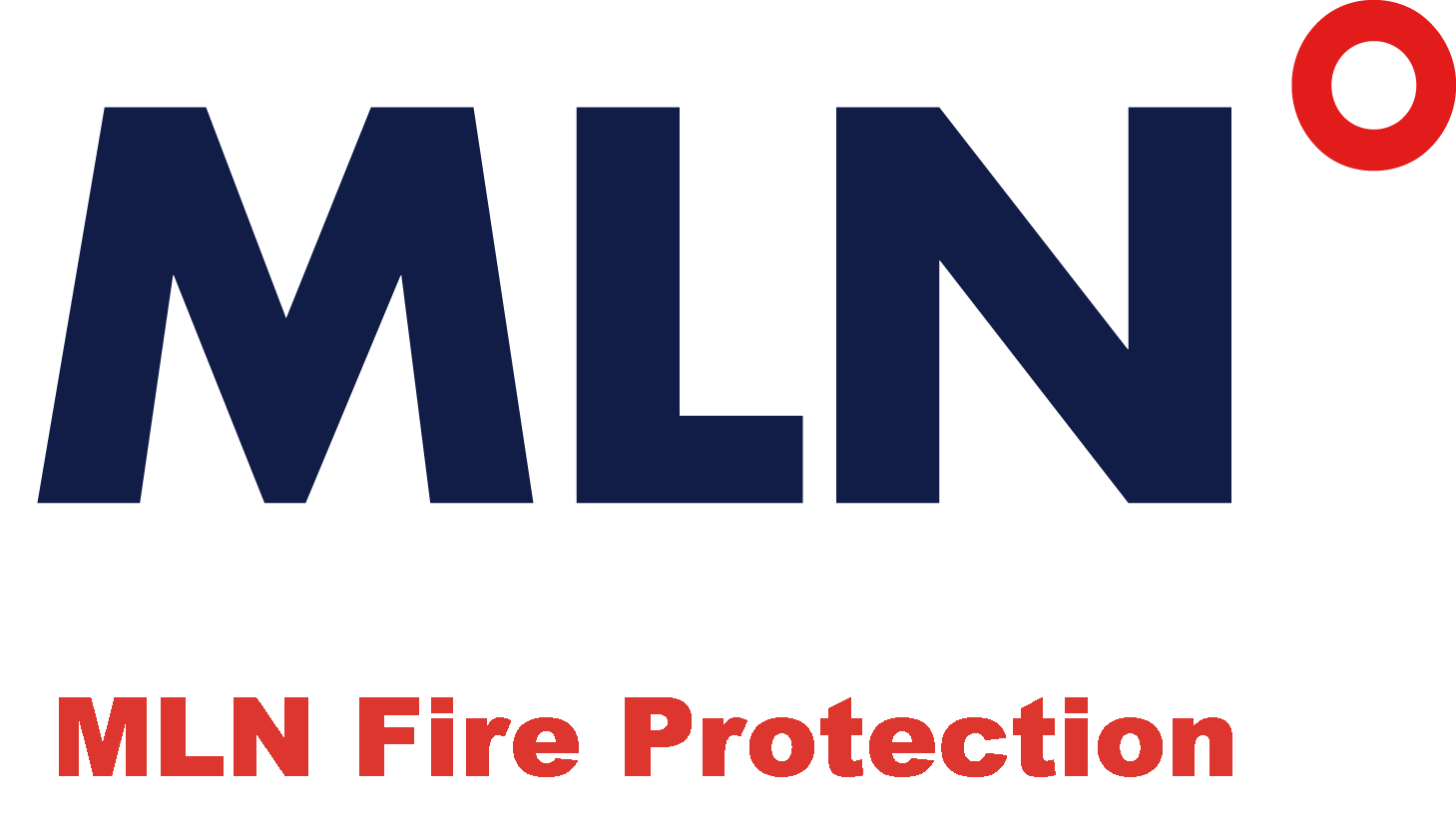When owning a business, a commercial building, or a hospital, fire sprinkler systems are a must. Not only do they alert you of the presence of a fire, but they can lessen the damages from a fire. When a fire sprinkler goes off, the fire sprinkler heads douse the alerted area with water. In most films, such as The Incredibles, fire sprinklers are portrayed to all go off at once. Filmmakers often encourage this myth for its dramatic portrayal and how it reflects on the character and what is going on in the scene. In real life, however, sprinkler systems only go off in the location they were triggered.
Another myth that seems to hover around the topic of fire sprinklers is that they are all alike. That is completely false, as there are different types of fire sprinklers, used for a variety of environments. Specifically, there is a difference between wet and dry fire sprinkler systems. In this blog, we will discuss the difference between the two systems and where they are more usefully installed.
Wet Fire Sprinkler Systems
Wet Fire Sprinkler Systems are the most popular systems to install in any business or commercial building. In wet pipe systems, the sprinkler piping systems are all interconnected and filled with pressurized water. When a sudden rise in temperature is detected, the fire sprinkler heads are activated in that detected area. When the heads are activated, the water of the systems is dispelled in the area, as a way to put out the fire. Though sprinkler systems aren’t always successful putting out a fire, they are useful in limiting damage. Because the system tries to put out the fire, it limits the temperature and the strength of the flames until profession firefighters can appear at the scene.
Areas for Wet Piping
Because wet piping contains pressurized water, it is important that if you are planning to install fire sprinklers, that you won’t allow the area under 40 degrees Fahrenheit. Once the temperature dips below this point, the water can freeze and wreak havoc on your piping. That is why, if you have wet piping, it is best to have them installed indoors where it is warm.
Benefits of Wet Fire Sprinkler Systems
What makes wet fire sprinkler systems so popular is that they are easy to install and maintain for many years. Fire sprinkler system installations don’t generally take long put into a building, however, the wet piping system is by far the fastest of the two systems. Wet piping systems are business owners first choice because they don’t require hardly any maintenance, however, they do require regular inspection.
Dry Fire Sprinkler Systems
The alternate version of fire sprinkler systems is dry piping systems. In this sprinkler system, pressurized air or nitrogen are captured within the piping. The pressurized air holds back the water supply at a main dry-pipe valve until triggered to release. When temperature rises and the sprinklers are activated, the air pressure drops and the main valve opens. When this happens, water is released into the piping system and run through the fire sprinkler heads. These systems run very similarly to wet piping sprinkler systems, but has air to help preserve the water until it is needed for a fire.
Areas for Dry Piping
Dry pipe sprinkler systems are a nice alternative to wet piping because they are able to handle severe temperatures. In any instances where the temperatures are extremely cold, dry pipping can maintain waters liquid state. These types of sprinkler systems are less common overall but are popular for uses in large refrigerators, loading docks, and warehouses.
Benefits of Dry Fire Sprinkler Systems
Dry pipe sprinkler systems allow business owners to keep their warehouses safe, despite the severe temperatures. Dry piping is an excellent alternative to wet piping because it is able to handle cold climates and still be used to keep workers safe.
Conditions of Dry Fire Sprinkler Systems
Though dry pipe sprinklers are advantageous in some locations, there are extra maintenance requirements needed to keep them functional. Because dry pipes require nitrogen or pressurized oxygen to work, their systems are a little more complicated and require careful installation and inspection. Dry fire sprinkler systems also have a bit of a lag when starting in response to a fire. Due to the fact that the sprinkler must be triggered and the water has to run through a long pipe before reaching the sprinkler head, there is about a 60 second lag from when it was initially triggered. This obviously can be troublesome to some owners who want to be alerted immediately if there is a fire. However, fire sprinklers tend to go off after a fire alarm. So, odds are, any attendants would be notified to leave the building before the fire sprinklers would go off.
MLN Fire Systems
At MLN Fire Protection we are here to provide our customers with fire sprinkler systems that work. We also offer our fire sprinkler installation services for those who would like to set up their business protected and safe. With our help, you can install a great, working fire sprinkler system that can help keep you and your staff safe, as well as limit the damages of a fire. If you are looking for a fire sprinkler company that can handle all of your fire sprinkler needs, including installations and fire sprinkler repair, contact us!
